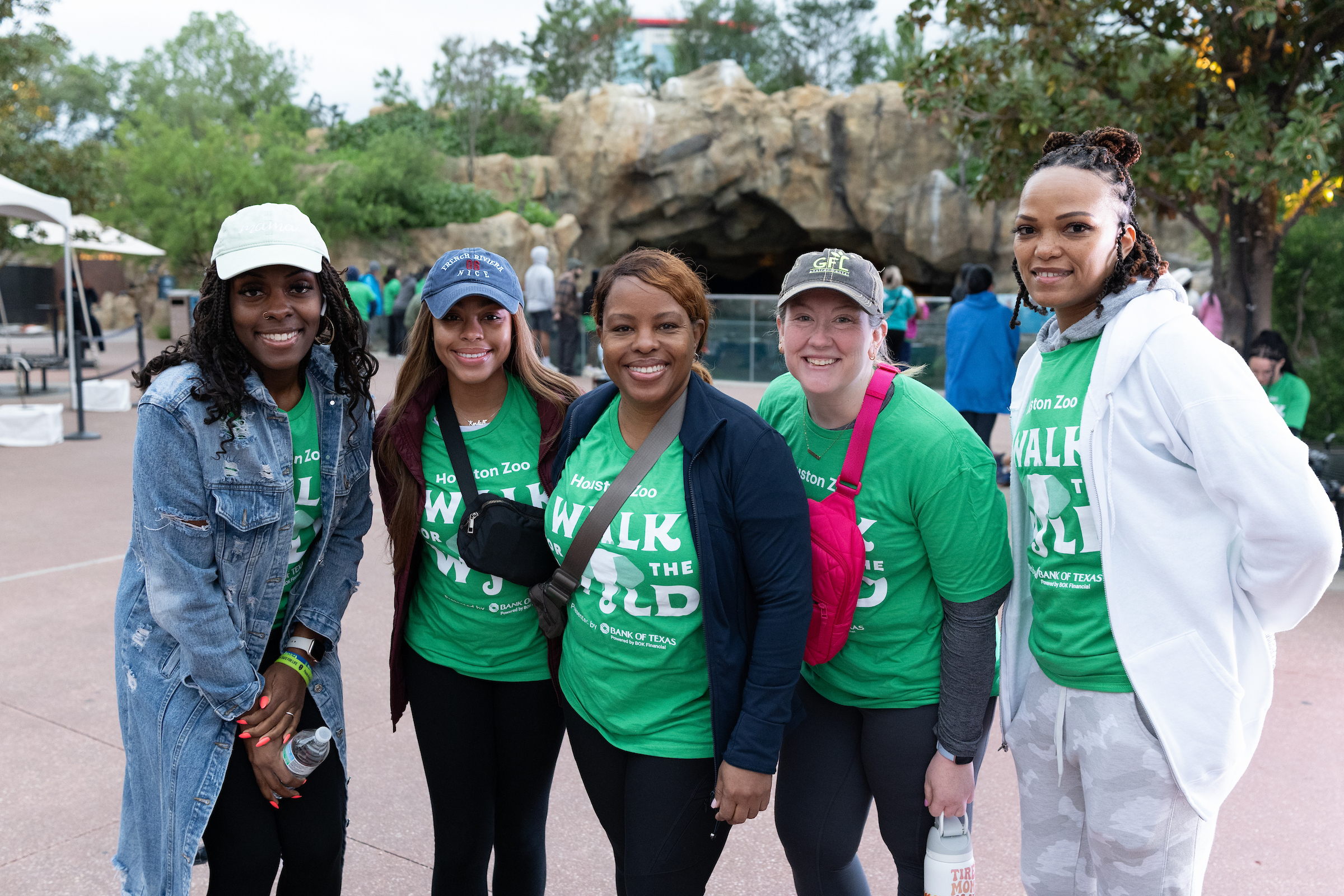Summary of A Wild Success – The Houston Zoo:
The Houston Zoo’s Walk for the Wild 5k event, presented by Bank of Texas, exceeded its fundraising goal by raising over $193,000. Held on April 6, the event supported the zoo’s conservation efforts, including projects like sea turtle rehabilitation along the Texas Gulf Coast and habitat restoration for orangutans in Borneo. The event saw over 1,000 participants and was supported by sponsors such as Gallery Furniture and Children’s Memorial Hermann. It highlighted the zoo’s conservation partnerships in 19 countries. Since its inception in 2021, Walk for the Wild has raised more than $730,000. The event aligns with the zoo’s mission to inspire wildlife conservation, emphasizing that every visit contributes to this cause.
- Overview of Houston Zoo’s Walk for the Wild and its impact on wildlife conservation.
- Details on the fundraising achievements and allocation of funds for conservation efforts, locally and globally.
- The significance of community engagement in conservation and education at the Houston Zoo.
- The role of corporate sponsorship and partnership in supporting environmental initiatives.
- The history and growth of the Walk for the Wild event since 2021 and its contribution to zoology and conservation efforts.
The Houston Zoo, a leading institution in the United States, is not just an entertaining venue for families and tourists but also a cornerstone for wildlife conservation efforts worldwide. One of its significant initiatives is the "Walk for the Wild" event, recently concluded with resounding success. This 5k walk, made possible by generous contributions like those from the Bank of Texas, has become a yearly rallying point for both animal enthusiasts and conservation advocates. By gathering over a thousand participants, the Houston Zoo achieved more than a social gathering; it became an instrument of change, raising over $193,000 this year to further its conservation efforts. These funds are earmarked for various endeavors, such as the rehabilitation and release of stranded sea turtles along the Texas Gulf Coast and the planting of over 300,000 trees in Borneo to restore orangutan habitats.
Community engagement forms the backbone of these conservation achievements. As attendees strolled through the zoo’s picturesque 55 acres, participants experienced firsthand the habitat of countless endangered species whose survival depends heavily on human intervention and support. Events like these transcend mere financial benefits; they provide participants with a deeper understanding and appreciation of the importance of biodiversity and its role in maintaining ecological balance.
The Walk for the Wild 5k is not only a demonstration of commitment to wildlife but also an educational journey through the zoo, enlightening attendees about the 33 conservation partners the zoo collaborates with across 19 countries. The event highlights the global interconnectedness of conservation efforts, showing that initiatives undertaken in one part of the world can have profound effects elsewhere. For instance, the trees planted in Borneo are critical not just for orangutans but for combating climate change, thus impacting global weather patterns and ecosystems.
Corporate sponsorship is another vital component of the zoo’s conservation strategy. In addition to the Bank of Texas, companies like Gallery Furniture, Children’s Memorial Hermann, Pillsbury Law, Xtreme Furniture Repair, and others have made significant contributions. These partnerships illustrate a successful model wherein private enterprises recognize the importance of environmental stewardship and contribute both financially and logistically to these efforts. By fostering relationships with businesses, the Houston Zoo amplifies its impact, allocating resources efficiently and effectively to projects that yield measurable results.
Since its inception in 2021, Walk for the Wild has become more than just an annual event. It has evolved into a fundamental element of the zoo’s mission, demonstrating how local actions can affect global ecosystems. Raising over $730,000 since it started, this initiative underscores the potential of community-based approaches in addressing international conservation challenges. Initiatives like these are reminders that each visit to the Houston Zoo directly contributes to saving animals in their natural habitats, as portions of every entry and membership fee go towards sustaining conservation programs.
Educational outreach at the event also plays a significant role. Through interactions with ambassador animals and informative discussions with zoo staff, attendees gain insights into critical issues facing wildlife today—such as habitat destruction, poaching, and climate change. This interaction is vital for cultivating the next generation of conservationists and zoologists who will take up the mantle of protecting our planet’s fragile ecosystems.
In conclusion, the Houston Zoo’s Walk for the Wild stands as a testament to what can be achieved through community support and corporate collaboration. It exemplifies how local actions assisted by strong partnerships can make substantial contributions to global conservation goals. As this event continues to grow, so does its impact, inspiring action to save wildlife and fostering a worldwide community dedicated to the conservation of our shared environment. Through its ongoing efforts, the Houston Zoo is ensuring a future where wildlife and humans coexist and thrive together.


